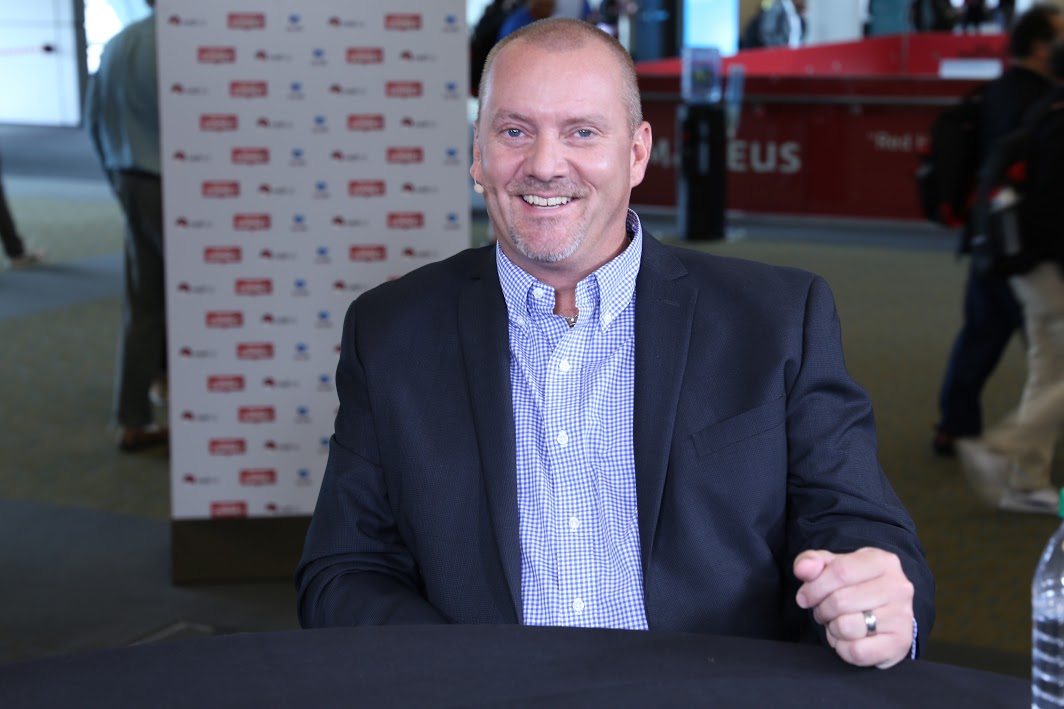 BIG DATA
BIG DATA
 BIG DATA
BIG DATA
 BIG DATA
BIG DATA
Health services and innovation company Optum Inc. recently found itself in the same position as many other companies trying to make the move to the cloud: Pondering what to do with its legacy assets. The company ended up turning to open source and a mix of solutions.
“… We brought in Red Hat and OpenShift, [and] we’re on our third iteration of OpenShift, a very, very stable platform for us now. But we also have Azure Stack in there as well,” said John Hodgson (pictured), senior director of information technology program management at Optum. “There’s a lot of different things that you can kind of pull from each one of the technology providers to help support what we’re doing.”
Hodgson spoke to Stu Miniman (@stu) and Dave Vellante (@dvellante), co-hosts of theCUBE, SiliconANGLE’s mobile live-streaming studio, during the Red Hat Summit in Boston, Massachusetts. He discussed how Optum has been transitioning to cloud-based architecture and some of the issues the company has encountered along the way. (Disclosure below.)
Optum has various legacy applications and infrastructure that the company still has to support — for now. That said, however, the organization is moving at a steady pace toward being fully cloud-centric. This is not something that happens overnight, but he feels that the steady pace of the company toward that end goal is progressing.
“We’ve got a lot of legacy stuff … so there’s some old-school guys that are still kind of doing their thing, but we’ve got a lot of new people and they want to get their hands on the new, fresh stuff and experience that,” Hodgson said. “Trying to make that change in a big organization is difficult, [and] we have a little way to go with that.”
Hodgson added that Optum still has some challenges ahead of itself. The company is looking at all of the legacy assets and determining whether or not that component is still essential to the function of the entire enterprise. If not, that component can be taken down and moved to the new cloud platform. And that is being done everywhere, in all areas of the organization.
“We are working with them to evaluate their portfolios of applications to figure out legacy applications that we have that are still strategic,” explained Hodgson.”They’ve got business benefit, and we want to be able to take advantage of that. But at the same time there’s some of these monolithic applications that we look at [and ask] how can we take that application, decompose it down into microservices and APIs, and things like that to make it available to other applications.”
Watch the complete video interview below, and be sure to check out more of SiliconANGLE’s and theCUBE’s independent editorial coverage of Red Hat Summit 2017. (* Disclosure: Red Hat Inc. sponsors some Red Hat Summit segments on SiliconANGLE Media’s theCUBE. Neither Red Hat nor other sponsors have editorial control over content on theCUBE or SiliconANGLE.)
THANK YOU